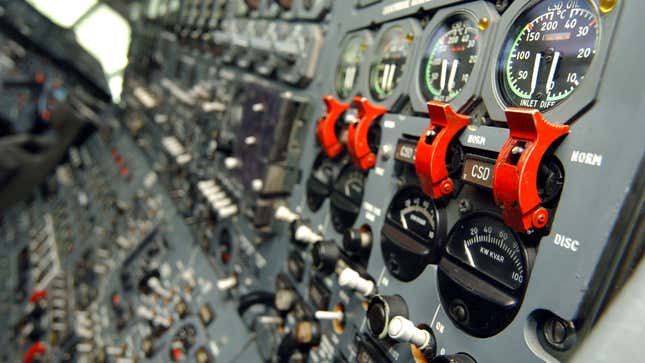Why Retired Planes Are Still Worth Millions After Decades in the Sky

The utilitarian design and the rivets holding everything together can make it feel like airliners are built to last forever. Despite this illusion of longevity, a commercial airliner can expect to last around 27 years in service. But once they leave an airline’s fleet, there are still millions of dollars worth of components hidden in their fuselage. Now, a new report from CNBC has broken down what makes the remains of an airplane so expensive.
World’s First All-Electric Passenger Plane
In case you missed it:
When an airline is in the market for a new craft, they’re likely to spend somewhere between $90 million and $300 million for a brand-new plane from Airbus or Boeing. So, they look to their old crafts to recoup some of the costs needed to upgrade and replace aging fleets.
Once an airline is finished with one of its planes, it might try to find a buyer that has a use for older airliners, like cargo fleets and fire-fighting companies. But, if this isn’t possible, it’s sent to the Arizona desert where it joins hundreds of other aircraft that are waiting to be broken down. As it stands, the boneyards of Arizona currently hold more than 4,400 aircraft in varying stages of disrepair.
Engines can be repaired and sold again. Photo: In Pictures Ltd./Corbis (Getty Images)
According to a CNBC report, the first stage in extracting as much value as possible from an old aircraft is to strip out the big money parts, such as engines and landing gear. The pieces can be overhauled, rebuilt and sold for use in service once again. Others can be used to train budding mechanics on the workings of an aircraft engine.
This side of the industry, CNBC says, is booming thanks to delays in deliveries from new aircraft from both Airbus and Boeing, and an increasing number of flights to meet growing demand for travel around the world. Because of this, more parts are being salvaged from old planes to keep newer models running for longer.
But how many parts can be salvaged from a 30-year-old plane? Well, according to CNBC, there can be a huge range. On a traditional narrow body plane you might only find 200 parts that can be repaired and reused. In contrast, a widebody airliner might have up to 2,000 parts that can be salvaged and sold on.

Controls can be used to train new pilots. Photo: Ramin Talaie/Corbis (Getty Images)
Sure, engines and landing gear are the big-money parts, but CNBC says that almost every airplane part is expensive, so everything from wing flaps to drink carts can also be fixed up and flogged to other operators.
But it’s not just airlines that buy up parts from aging airliners. Some components, such as chairs, can be repurposed and resold as seating for people’s offices and homes. Controls from the cockpits of some planes can also be stripped out and used to train the next generation of pilots.
Parts that can’t be salvaged and repaired for use on other planes are up-cycled, scrapped and recycled. In fact, as much as 95 percent of a retired aircraft can be recycled — either as whole parts or as scrap metal and other materials.
After this, the only thing left to do is rip the remnants to shreds. Once dismantled, metals and non-metallic parts are separated out for recycling, and the crushed hull is sold to a smelter to melt down and turn into something brand new.
Why Airplanes Are Still Worth Millions After They Stop Flying
It’s a fascinating process and the need to carry it all out comes down to the aging airline fleets around the world. Supply chain shortages mean that the number of aircraft in need of maintenance is rising, while the number of new parts required for such maintenance is dwindling. As such, used parts are now much more valuable than they were a few years ago.
The whole film is a great watch, and if you have a spare ten minutes on your hands I highly recommend heading here to check it out.



